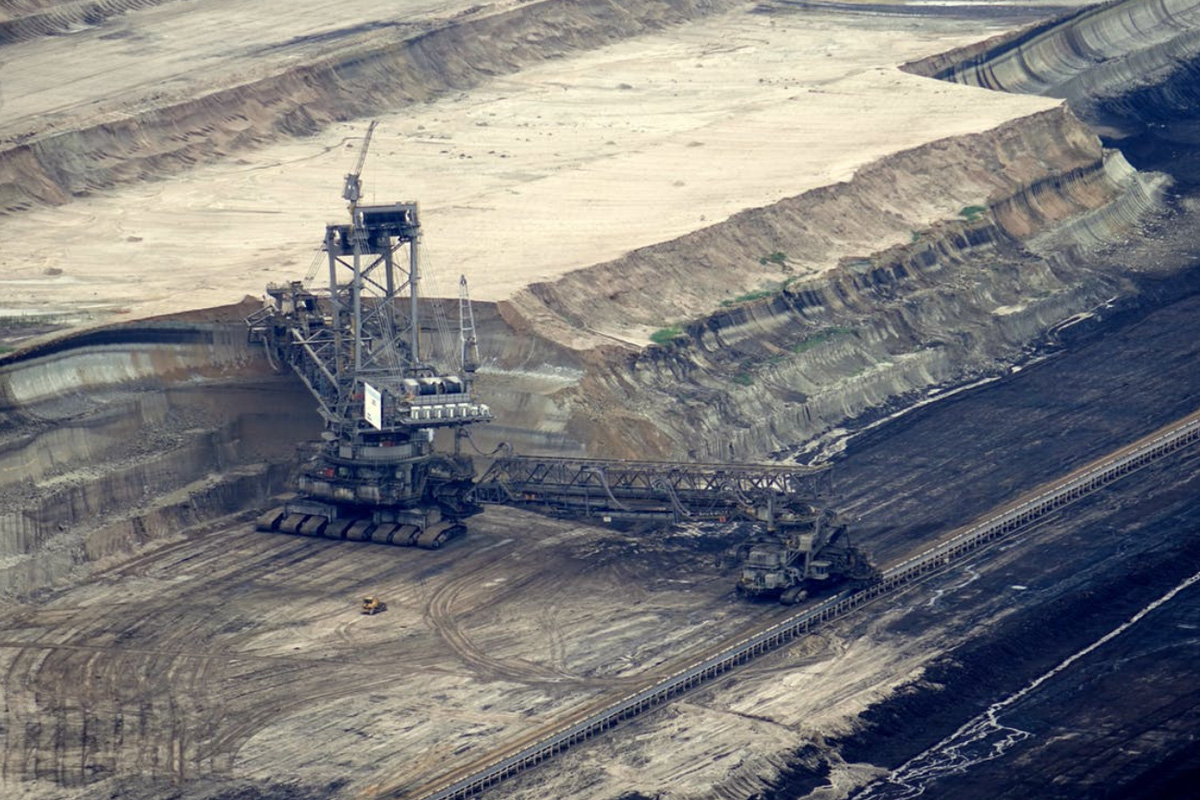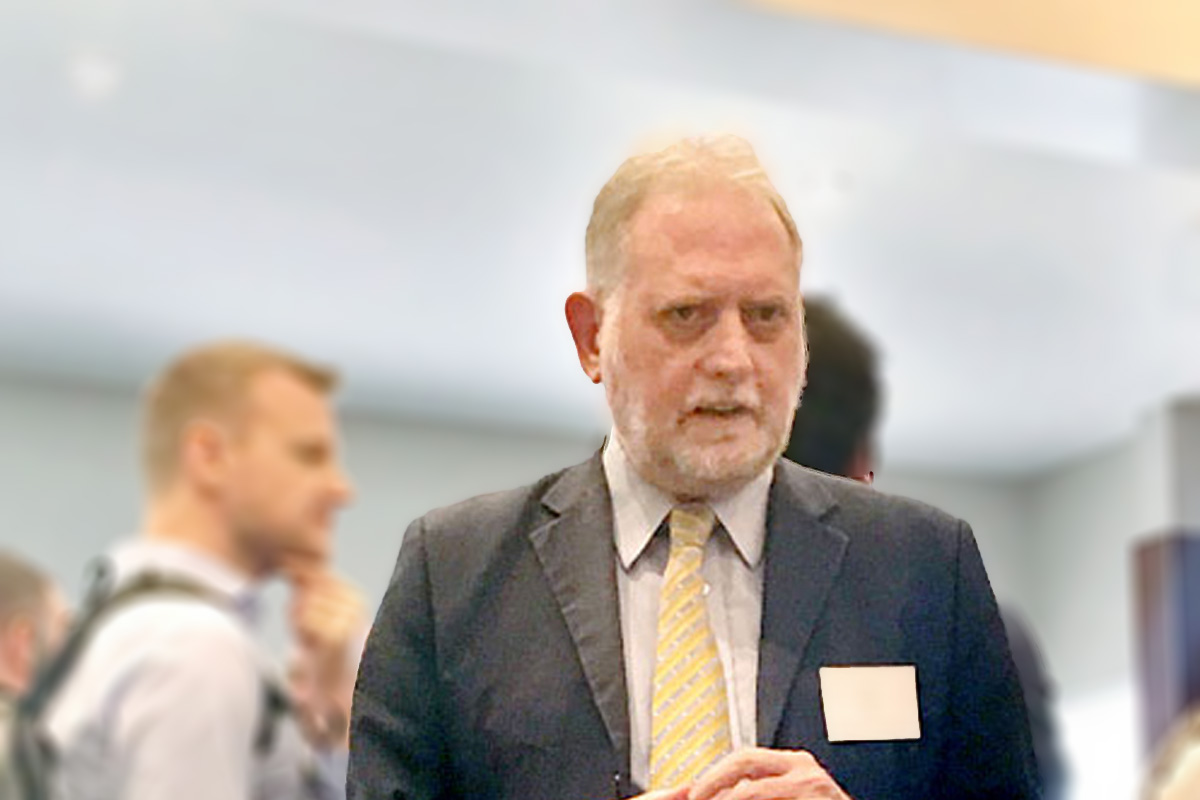Strattera, New Zealand’s voice of the minerals industry, keeps careful tabs on what’s happening globally in the industry, including reference to Deloitte’s “Tracking the Trends 2015” that identifies the top ten issues mining companies will face this year, some of which provide some useful insights for the New Zealand metals industry.
One of these insights is the drive to reduce power costs where they observe that the “case for renewable energy grows” and that “the capital cost for renewables have dropped considerably in recent years, pushing many alternatives below the price of diesel.”
When we think globally of markets, it is easy to forget that in many countries electricity supplies may not be able to keep up with demand and also may be prohibitively expensive; if in fact available at all in remote locations where many mines are located.
This certainly means there are opportunities for biomass, geothermal, waste heat and potentially, depending on location, marine energy to meet the need. Companies with an eye on these opportunities certainly need to be engaged with the industry and shaping industry-relevant options to benefit from the emerging market.
Deloitte also have some interesting observations on what they say is a trend towards in-sourcing as opposed to out-sourcing. They say the driver for this is budget overruns which were rife during the ‘go-go’ days of the mining boom and, that “mining companies struggled to gain clear visibility into the ballooning expenses.”
They quote a recent survey of Australian miners as showing that “80% have already – or imminently plan to take maintenance in-house.” They suggest this will likely put pressure on contractors, some of whom may “compromise their service quality levels in an effort to provide services at increasingly lower costs.”
Also said is that there may be long-term negative effects, such as forcing some industry consolidation, leaving only a small number of larger contractors once the market picks up. Deloitte suggests “care should go into decisions around the extent to which supplier costs should be squeezed,” and that “they should consider defining KPIs beyond safety and cost measures,” in an effort to “embed a cost-saving culture into the entire outsourcing process”.
Along with the risks of pressure industry also will have the opportunity to go directly for the customer, rather than through sub-contracts from a prime contractor. This has the potential for the development of long-term relationships which could be mutually beneficial, especially if as a supplier, the company can become integral to cost-reduction in projects. “It’s about more than just cost control;” according to Deloitte, “Innovation is the new key to survival.”
They say that, “in many cases, miners struggle to adopt new technologies proven to work at other mining companies, let alone other industries. As a result, innovation becomes less a technology problem than an adoption problem.”
Identifying the opportunities for technology transfer is a key area with promise for suppliers who want to take on the challenge of doing more than just quoting against a set of plans and applying their learning from other industries to issues in mining. The report also looks at disappearing project financing, the effect that has on the minor mining players and the need for new skill sets in mining and the challenges that provides.
The changing trends in the mining industry provide both a threat and opportunity but suppliers need to really understand what is changing, understand the industry and their customers and position themselves to add value if they want to remain a relevant part of the supply chain.

